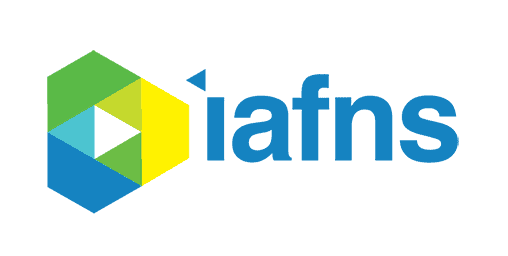International Journal of Toxicology. 2013;32(6):405-414
The Technical Committee on Food and Chemical Safety developed a workshop to gain insight into how computational and emerging in vitro methods could be used to contribute to the weight of evidence that is used by risk assessors in the food sector to determine safety. Risk assessors have been asking these questions for environmental and occupational exposures to chemicals, however, a dialogue specific to the food sector had been lacking. While the practice of food safety assessment has continually evaluated and adopted new methods, it is not clear how some newly developed in vitro techniques (e.g., High Throughput Screening (HTS)) or computational approaches fit into current food safety assessment approaches. The public release of the Tox21 data will present challenges communicating the findings while scientists are still trying to understand its significance. This is important, as it is likely that the release will be interpreted as risks to human health by the public.
To begin to address these issues, the workshop brought together over 70 experts from academia, government, and industry as well as a public interest organization.
The workshop participants agreed that the immediate goal was to use these methods to help prioritize chemicals for further testing, especially those chemicals that have little data. It was highlighted that the real value from these methods could be derived by anchoring the output with animal and human data on exposure and health effects from approaches widely accepted by risk assessment and risk management experts. The HTS and in silico modeling are currently experimental approaches to understanding biology, and no evidence was presented that supports the use of individual assay results as a basis for safety decisions.
The workshop raised awareness among the government and academic participants of the unique challenges the food sector will face with the release of the Tox21 data given food-relevant substances (i.e., commonly used food additives found in the food supply) are included. Considerable time was spent on this issue and culminated in the following key messages:
- Tox21 is the beginning of an exciting, scientific process that could redefine the approach to assessing the safety of chemical substances
- Despite what the name “Tox21” implies, the assays provide preliminary information on biological activity, not toxicity.
- Tox21 may be an opportunity to reduce animal testing but more work is required to confirm that the methods are accurate.
- Publishing the data and the results should include careful consideration to what the findings mean within the context of a comprehensive food safety assessment
- The contribution of HTS data to a perception of public health risk will vary among various stakeholders.
- Balanced messaging concerning the results and the state of the science is unlikely to occur.
- In light of the release of HTS data, developing a communications strategy that the public will appreciate and understand is imperative.
Download this open access publication here.
